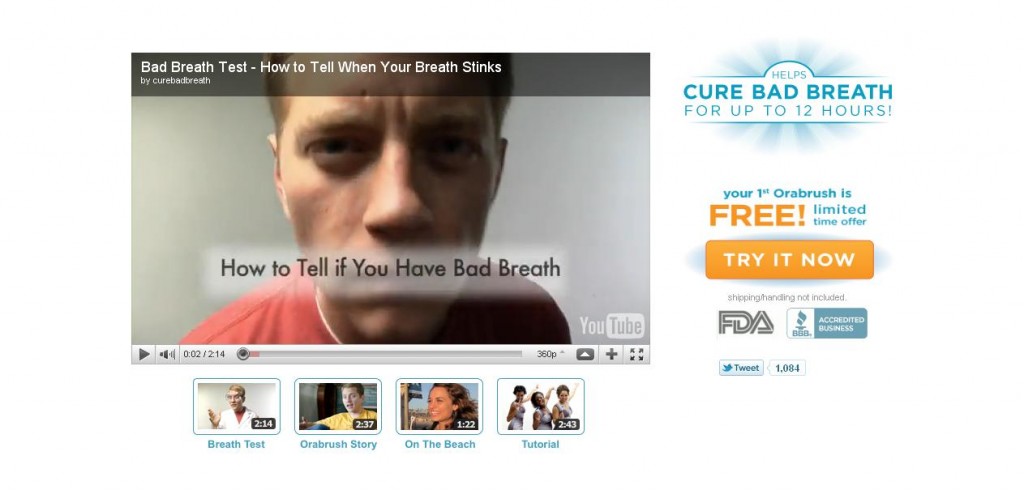Social Media Marketing: YoCrunch boosts average Facebook post interaction 821% (plus two more case studies)
The Social Media Club of Dallas monthly meetings always feature a presentation on social media for attendees, and earlier this year, I had the chance to take in SMC Dallas’ case study “showcase.”
This event offered up a number of quick-hit social media case studies from a variety of marketers and agencies, and I wanted to provide MarketingSherpa blog readers with a sample of several of these presentations.
Local pizza chain increases ROI more than 300% with charitable effort
Background: I Fratelli, a restaurant local pizza chain with nine locations, was preparing for its 25th anniversary. Its brand identity included charitable outreach.
Marketing Opportunity: Understand that local organizations and charities are always in need of fundraising dollars.
Strategy: Create a local social and viral community fundraiser.
Jeff Schick, Director of Integrated Digital Strategy, Online Performance Marketing, said the objective of the effort was to emotionally connect with consumers so they would feel like part of the solution in i Fratelli’s charitable fundraising marketing campaign.
The campaign consisted of five steps:
- Create a name/identity for the effort – in this case, “Pizza DoughNation.”
- Get fans excited by allowing them to nominate their favorite charities.
- Take an “it takes a village” approach, and leverage the networks of fans, charities and organization to spread the word. Seed code words across social media, and have consumers mention these code words during pizza orders.
- Measure the effort by tracking code words.
- Give proceeds to the charities. These check presentations were seeded on owned media, but then drove earned media.
The campaign itself used three main outlets: the website and blog, Twitter and Facebook.
The blog was branded as “The Sauce,” and offered a program overview, nomination form, best practices and tips, and past results for viewing.
Twitter was used for geotargeted and contextual conversations on pizza occasions, and content was regularly pushed out timed for lunch and dinner. Tweets were cross-promoted to both the blog and Facebook. And, influencers were identified to propel the program’s success.
Facebook documented and housed the brand’s “giving back” strategy, and was used to develop relationships with local, regional and national chapters of charities. Also, the Facebook EdgeRank Algorithm was used to focus on an “aggressive news feed optimization strategy.”
Results
- 3,000 unique blog visits for nominations: 86% leads driven by social media, 14% direct URL entry
- Increased Facebook impressions over from 40,000 to 125,000 per month
- Increased retweet rate (generosity) on Twitter from 0 to 19.4%
- Drove ROI in the form of increased sales, ranging from 304% to 381% over first four months of program
- Impacted 32 local charities
Key learnings and takeaways
- Social media results are not just for big brands. SMB brands can leverage social media for attitudinal, behavioral and financial objectives.
- Get the product, service and experience right first.
- Get cross-functional teams involved — that way they begin to place a higher value on social media.
- Don’t be afraid to ask fans and followers for help. Engage with the social media audience.
About the effort, Jeff said, “It wasn’t necessarily a challenge, versus an opportunity. The i Fratelli brand is known for being a part of and giving back to the Dallas-Fort Worth community for the past 25 years. The opportunity was uncovering an idea that leveraged social media to make a greater impact. Historically, the community-giving initiatives were led and funded by i Fratelli alone. By creating the Pizza DoughNation program, fans could take part in and join in on the giving back efforts.”









